Cherry Blossoms 2010: Kyoto Report (3/30)
by japan-guide.com
This is the official japan-guide.com cherry blossom report for 2010. Please visit also our guide to cherry blossoms for more general information about cherry blossoms and this year's forecasts and our schedule of upcoming reports.
| previous post |
| next post |
2010/03/30 - Kyoto Report
by scott
Cool weather in Kyoto persists, resulting in a slowed advancement in the state of the cherry blossoms since they were last reported on March 23, 2010 and March 27, 2010. Today's report covers a return trip to Arashiyama, as well as first visits to Ninnaji Temple and Hirano Shrine.
Arashiyama
March 30, 2010 - opening (10-50%)
It was another cold day today, and when I arrived in Arashiyama this morning I could see patches of snow here and there along the street. Not surprisingly, the trees along the river have been progressing slower than usual, and are still only about thirty to forty percent open. Compare this to seven days ago when the trees had less than ten percent of their blossoms open.
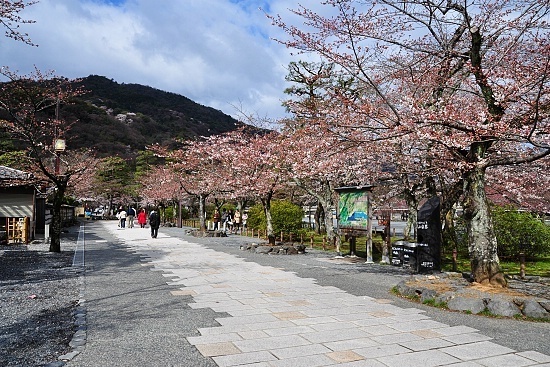
The weather is expected to warm up a little over the next few days, and I would expect the cherry trees to start reaching their best viewing period starting around this weekend.
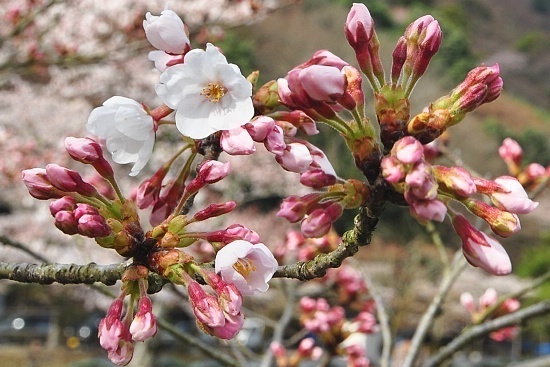
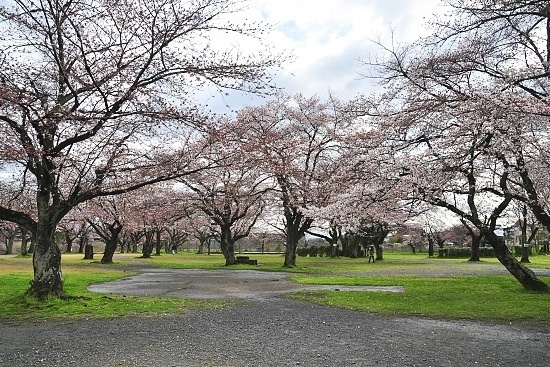
Ninnaji Temple
March 30, 2010 - still closed
My second stop of the day was Ninnaji Temple, a large temple in northern Kyoto that was a formal Imperial residence. It has spacious grounds and interesting buildings including a five storied pagoda, a large temple gate, and an elegant palace.
Ninnaji temple has a few varieties of cherry trees including, some scattered early blooming types, as well as a few of the more common Somei Yoshino trees and some weeping cherry trees. The Somei Yoshino trees are still in the early stages of opening.
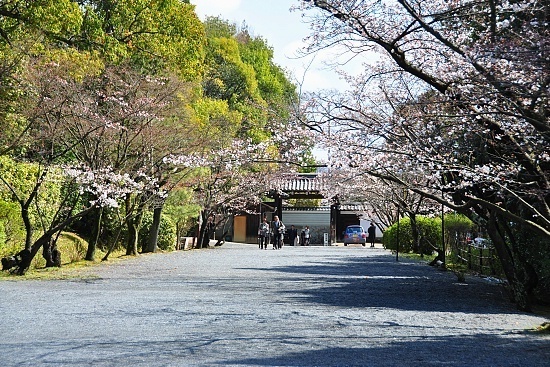
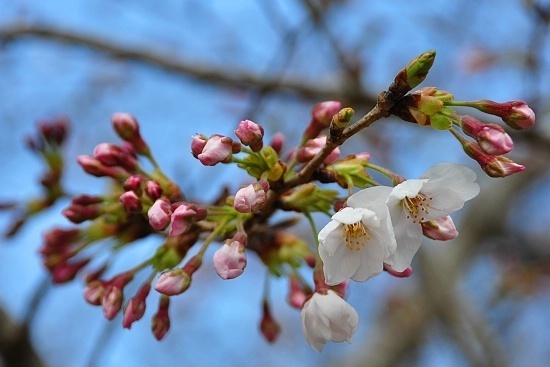
Ninnaji Temple is best known, however, for its rare, Omuro cherry trees which are named for the sect of Buddhism of which Ninnaji Temple is the headquarters. Omuro cherry trees grow low to the ground, almost like bushes, and are a rather late blooming variety of cherry. As of today their blossoms are still wrapped tightly and don't look like they will be opening for some time. Once they open the temple sets up benches among the trees where you can sit and enjoy some refreshments while viewing the blossoms.
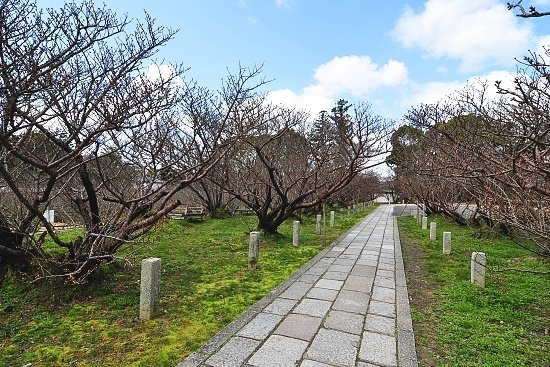
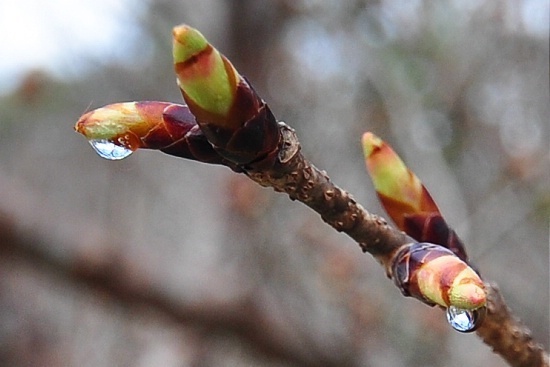
Hirano Shrine
March 30, 2010 - full bloom
My last stop of the day was to Hirano Shrine, which lies about a ten minute walk south of Kinkakuji. The shrine has served over the years as a sort of cherry blossom repository as court nobles would donate their best trees to be planted on the shrine grounds. Today is has nearly 400 trees of over 50 varieties.
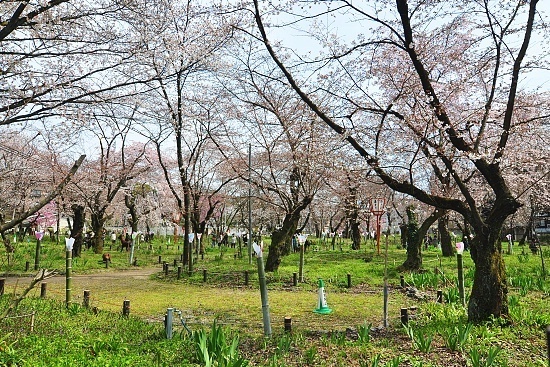
The trees around Hirano Shrine appear to have just reached full bloom. Part of the grounds are set up as a strolling area with walking paths through the trees, while the rest is devoted to food stalls with benches and platforms where you can sit and enjoy the blossoms while having all kinds of festival food.
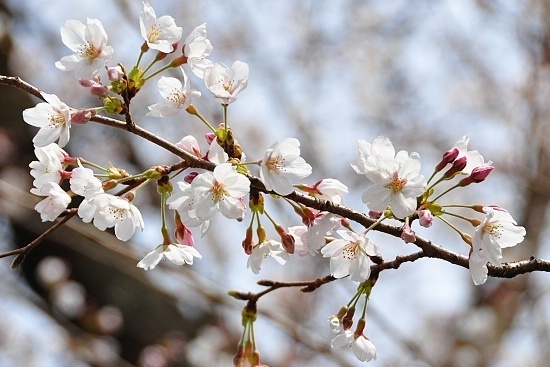
Since there are so many varieties of cherry trees planted around its grounds, Hirano Shrine has a rather long viewing season that is usually around a month long. The blossoms are supposed to be particularly beautiful at night when they are lit up, and the shrine also holds a cherry blossom festival every year on April 10th.
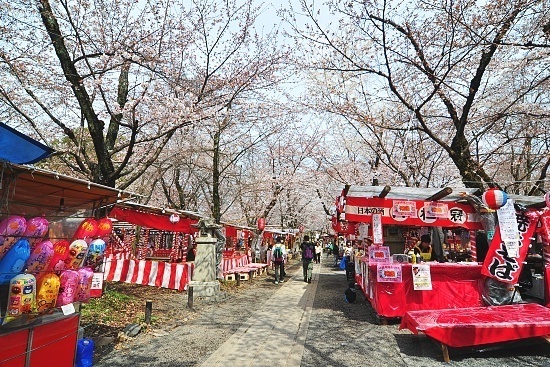
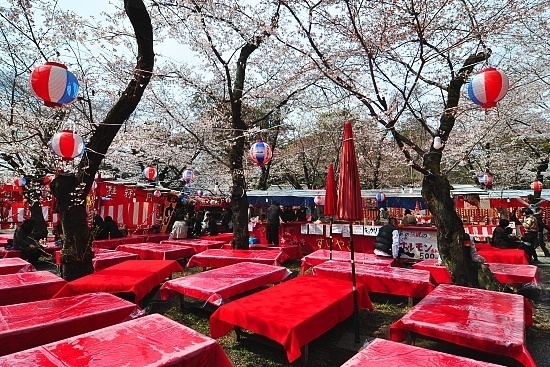
| previous post |
| next post |
|
List of Posts:
2010/05/14 - Hakodate Report 2010/05/13 - Matsumae Report 2010/05/06 - Kakunodate Report 2010/05/05 - Hirosaki Report 2010/04/25 - Takizakura Report 2010/03/30 - Nagoya Report |
Questions? Ask in our forum.